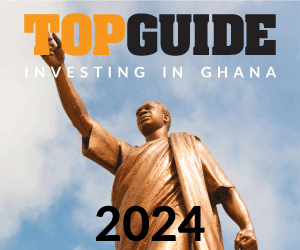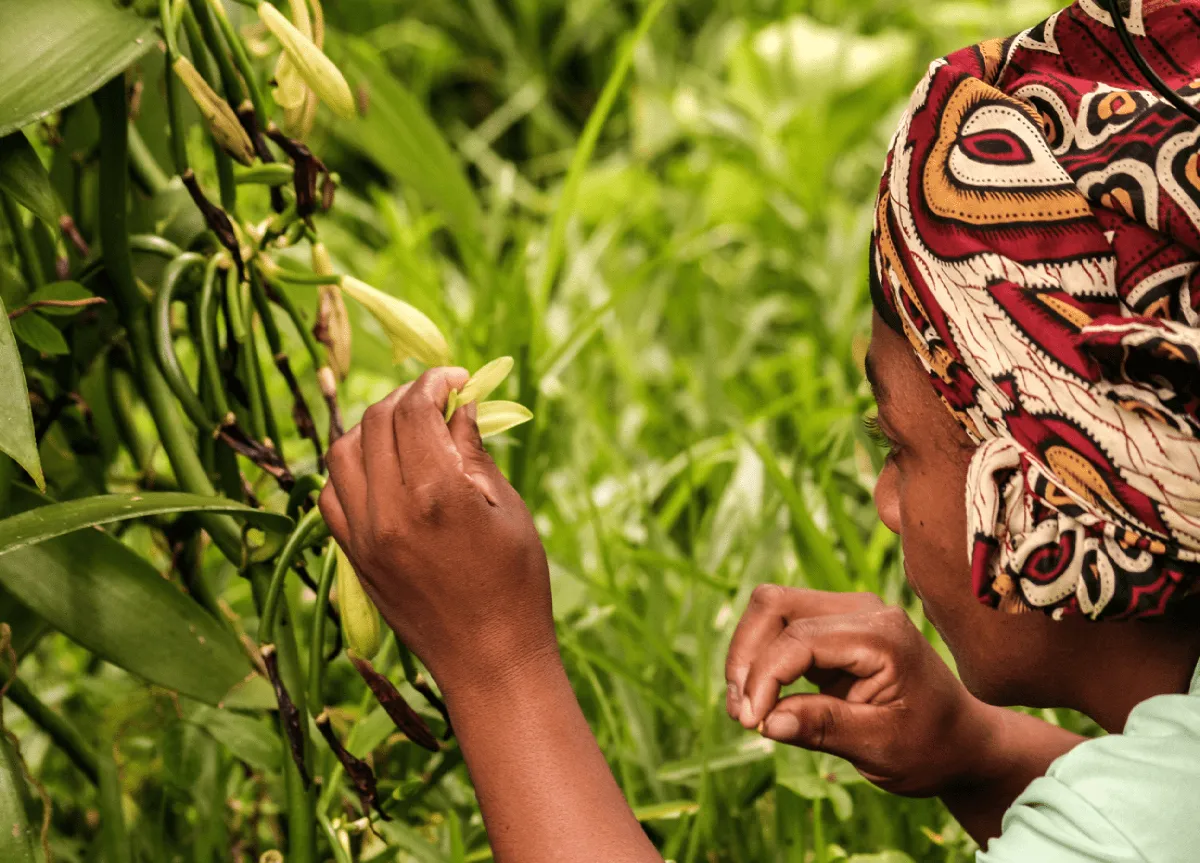Can Kenya’s runaway success in mobile banking be replicated all over Africa? The need to bank the unbanked is as acute in the rest of the continent as it is in Kenya but is the banking environment suitable for extended mobile banking, for example, in South Africa?
While banks throughout the developing world were battling to find affordable ways of ‘banking the unbanked’, driven by social responsibility commitments and pressured by political demand to widen the banking services net, a telephony revolution was happening silently and insistently in South Africa that would deliver the means not only to get distantly-located people communicating, but getting them banked as well. It was the shaping of the communications industry’s most unintended consequence.
Providing basic financial services to the poor is a challenge most keenly felt in emerging economies; in South Africa the financial services industry has urgently searched for ways to reduce entrenched inequality of incomes, economic opportunities and access to services.
More recently, exposed to new competition and subject to the effects of globalisation of financial markets, banks in the subcontinent are being forced to work towards economic efficiency, cut costs, automate, rationalise pricing and end cross subsidisation.
On the one hand, banks are under competitive pressure to cut costs and on the other, to expand services to the majority low income population.
With a population of close to 50m, about half of the South African population subsists below the poverty line. Unemployment in the formal sector is around 27% with the jobless rising to over 40% when the “informal economy” is taken into the reckoning. Over 50% of South Africans don’t have bank accounts.
South Africa has plenty of good banks, but their charges are so high, and their regulations so strict that many poor people simply hid their money in the mattress.
And then the penny dropped
Banking through mobile phones has been common in developed countries for years. “But,” concludes a recent study, “the real potential of ‘m-banking’ (mobile-banking) is in making basic financial services more accessible to millions of poor people worldwide. In 2006, the mobile phone became the first communications technology to have more users in developing countries than in developed ones. More than 800m mobile phones were sold in developing countries between 2004 and 2006.”
The report Mobile Phone Banking and Low-Income Customers sponsored by the UN, World Bank and CGAP (Consultative Group to Assist the Poor) found that as mobile phone usage expands, so do opportunities to bank the unbanked. With m-banking, low-income people no longer need to use scarce time and financial resources to travel to distant bank branches. And since m-banking transactions cost far less to process than transactions at an automated teller machine (ATM) or branch, banks can make a profit handling even small money transfers and payments.
Today mobile phones are reaching the unbanked poor in numbers: in South Africa and Botswana, for instance, two thirds of people who do not have a bank account – many who are poor – do own a mobile phone or have access to one.
Relatively recently, South Africa’s poor were all but shut out of meaningful banking choices. Now, thanks to mobile telephony’s money transfer services, the poor can finally to set aside money, pay bills and send cash. Pioneered in Kenya by cellphone giant Vodacom and its money transfer service M-Pesa (Pesa means money in the Swahili language), the facility quickly overtook traditional banks in the East African nation. Will M-Pesa do as well, as quickly, in South Africa? In Kenya, the service jumped in three years to 10m customers in a country of 37m.
“The key to M-Pesa’s success, in Kenya and a growing number of countries, is the African love affair with the cellphone,” says researcher Matthew Clark, adding that the continent is on the verge of mobile phone use with one cellphone for every African adult.
“Even in the most distant African village,” he reckons, “one can get decent cellphone reception. And in that village, one can find a shop that sells cellphone airtime to even the poorest families. These shops are the backbone of M-Pesa, where customers can plonk down up to $500 and receive in exchange an access code, which can be used to pick up money at any other shop in the country. The recipient of the code then goes to his local phone shop and picks up the money.”
In fact, observes The Economist magazine, the service is so successful that about 60 copycat services have been established around the world.
“The adoption was huge because M-Pesa met a need that was not yet serviced in Kenya,” reports Vodacom’s Susan Lonie, “and this was the need for people without bank accounts to be able to send money to their friends and relations, whether that is across the other side of the city or across the other side of the country. Most African countries have vast migrant populations wanting to send money back to the village or the farm, and Kenya is no exception.”
Phone banking not an instant cure-all
Meanwhile, head of World Wide Worx ICT consultancy Arthur Goldstuck, cautions that M-Pesa might not be the panacea South Africa’s poor might have been banking on, regardless of its successes in East Africa. “Kenya has been the great success story of mobile money transfers, but that doesn’t automatically mean M-Pesa will readily translate to South Africa. In fact, the mistake that a lot of banks make throughout Africa is assuming that M-Pesa is a template for the rest of Africa when it is not.”
Goldstuck says it’s a mistake to assume that in Africa one size fits all.
“Every country in Africa has different circumstances that pertain in terms of the take-up of financial services and the importance of specific types of financial services. M-Pesa took off in Kenya for very specific reasons, which in part included the fact that the majority of the population was unbanked.”
M-Pesa was successful in Kenya for another reason. That country’s banking regulations do not require a mobile supplier to work with the banks whereas in South Africa it is a prerequisite. “In South Africa,” he points out, “Vodacom has to work with (its chosen financial services partner in the enterprise) Nedbank because Vodacom doesn’t have a banking licence. In Kenya you had a mobile operator providing money transfers, in this country you have a cellphone network operator using a bank to send money transfers so that immediately adds another element to the value chain and it remains to be seen whether that will be an advantage.”
As M-Pesa settles down to carve its niche in the South African money market, it will tussle with a slew of similar services, from cash-transfer windows at grocery stores to more formal facilities such as MoneyGram and Western Union.
For South Africans, it’s a reason to celebrate: at long last strong competition is stirring the regional money pot, and that should mean lower costs and better service.
Want to continue reading? Subscribe today.
You've read all your free articles for this month! Subscribe now to enjoy full access to our content.
Digital Monthly
£8.00 / month
Receive full unlimited access to our articles, opinions, podcasts and more.
Digital Yearly
£70.00 / year
Our best value offer - save £26 and gain access to all of our digital content for an entire year!
 Sign in with Google
Sign in with Google 




